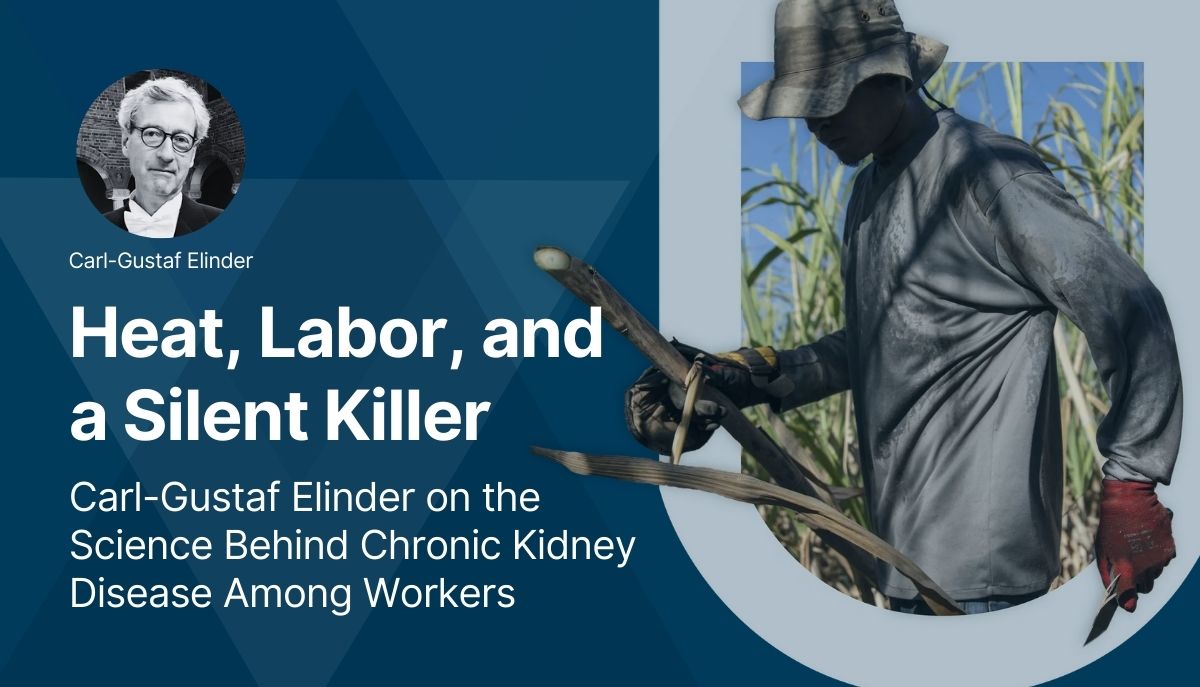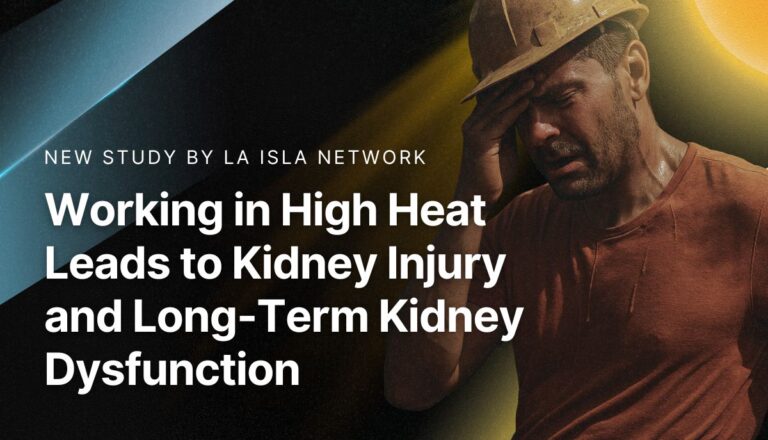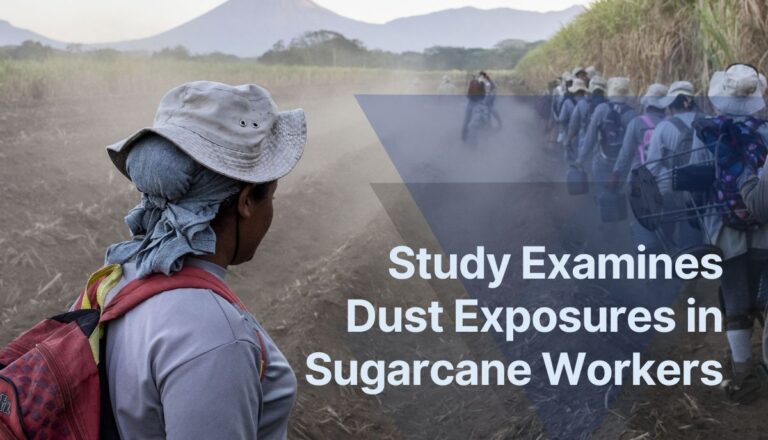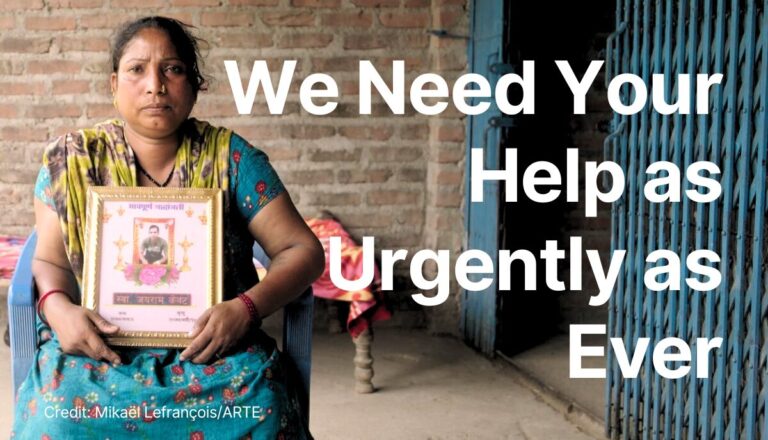For decades, a mysterious kidney disease has silently taken the lives of thousands of agricultural workers, particularly in Central America. Initially blamed on pesticides or contaminated water, new research provides a definitive answer: extreme heat and grueling labor conditions are the culprits. In a recent interview with Sveriges Radio, Dr. Carl-Gustaf Elinder, a nephrologist at the Karolinska Institute and long-time research partner of La Isla Network, confirmed that heat-induced kidney disease is an occupational hazard, not a toxicological mystery.
The findings mark a turning point in the fight against this deadly epidemic. Researchers, including Elinder, have gathered overwhelming evidence showing that prolonged exposure to high temperatures and intense manual labor—particularly in sugarcane fields—leads to kidney failure. This condition, now being called heat-induced kidney disease, is preventable. Solutions like water, shade, and rest significantly reduce the risk. Yet, as Elinder notes, economic and political interests continue to delay action, much like the historical battles over tobacco and lung cancer.
A Global Health Crisis Unfolds
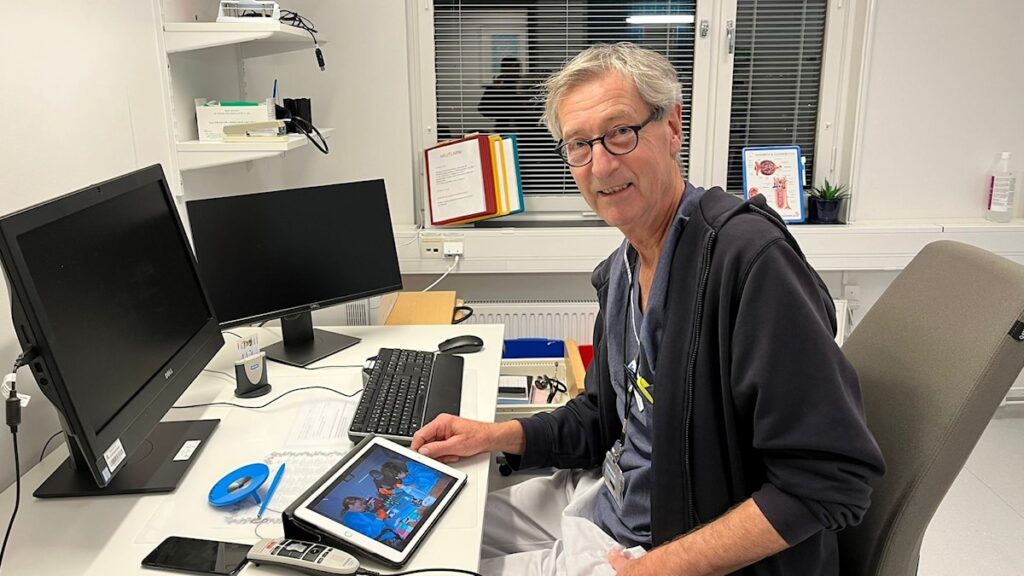
The first signs of this deadly disease emerged in the early 2000s when doctors in El Salvador noticed a spike in kidney failure among young, otherwise healthy men working in agriculture. Traditional risk factors—diabetes, hypertension—were absent. Instead, the common link was their occupation: sugarcane harvesting in extreme heat.
Elinder, alongside his colleagues, initially suspected pesticides. However, years of epidemiological research, kidney biopsies, and comparative studies from Nicaragua to Sri Lanka to India all pointed to one conclusion: repeated dehydration and heat stress were damaging the kidneys. The microscopic evidence was clear—these workers’ kidneys resembled those suffering from oxygen deprivation rather than chemical toxicity.
The Cost of Inaction
Despite mounting evidence, industry stakeholders and policymakers have been slow to act. At a recent conference in Guatemala, researchers like Elinder were met with resistance. Many governments and corporations fear the economic implications—if labor conditions are recognized as the cause, industries may be held accountable for healthcare costs.
For affected communities, the stakes couldn’t be higher. In Nicaragua’s “Widow’s Village” of Chichigalpa, families mourn lost husbands, fathers, and sons. Across Central America, over 16,000 deaths have been linked to the disease in just 15 years.
The Way Forward
While some companies have implemented worker protection programs—including hydration, shaded rest breaks, and adjusted work schedules—these measures remain inconsistent. Extreme heat is only worsening the crisis, making occupational heat stress a growing global health threat.
Elinder and other researchers emphasize that the science is clear: the disease is preventable. “Now is the time for action,” he urges. “We have waited long enough.”
With international attention on labor rights and environmental justice, the fight against heat-induced kidney disease is entering a critical phase. The solutions exist—the question is whether governments, industries, and global institutions will act before more lives are lost.

